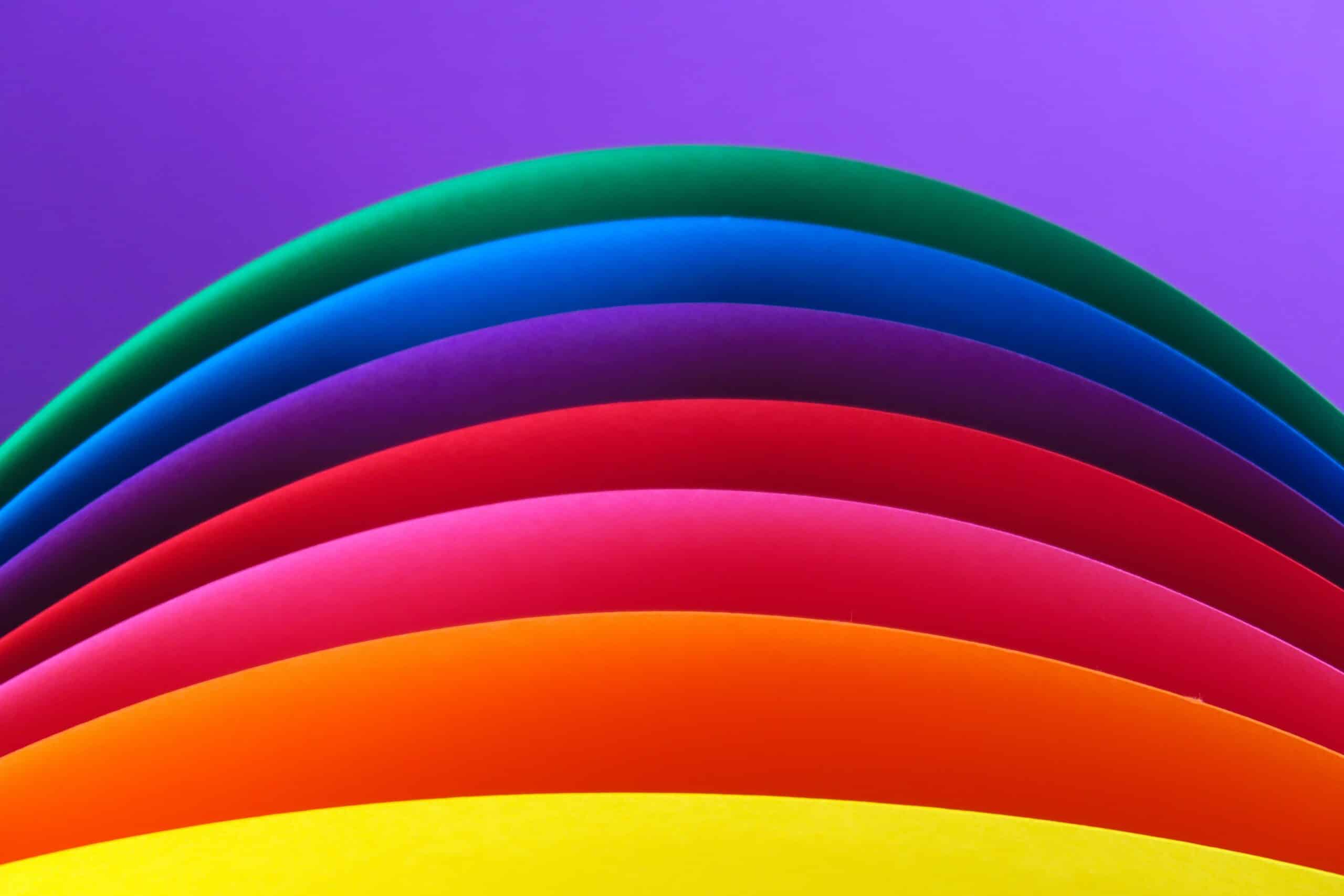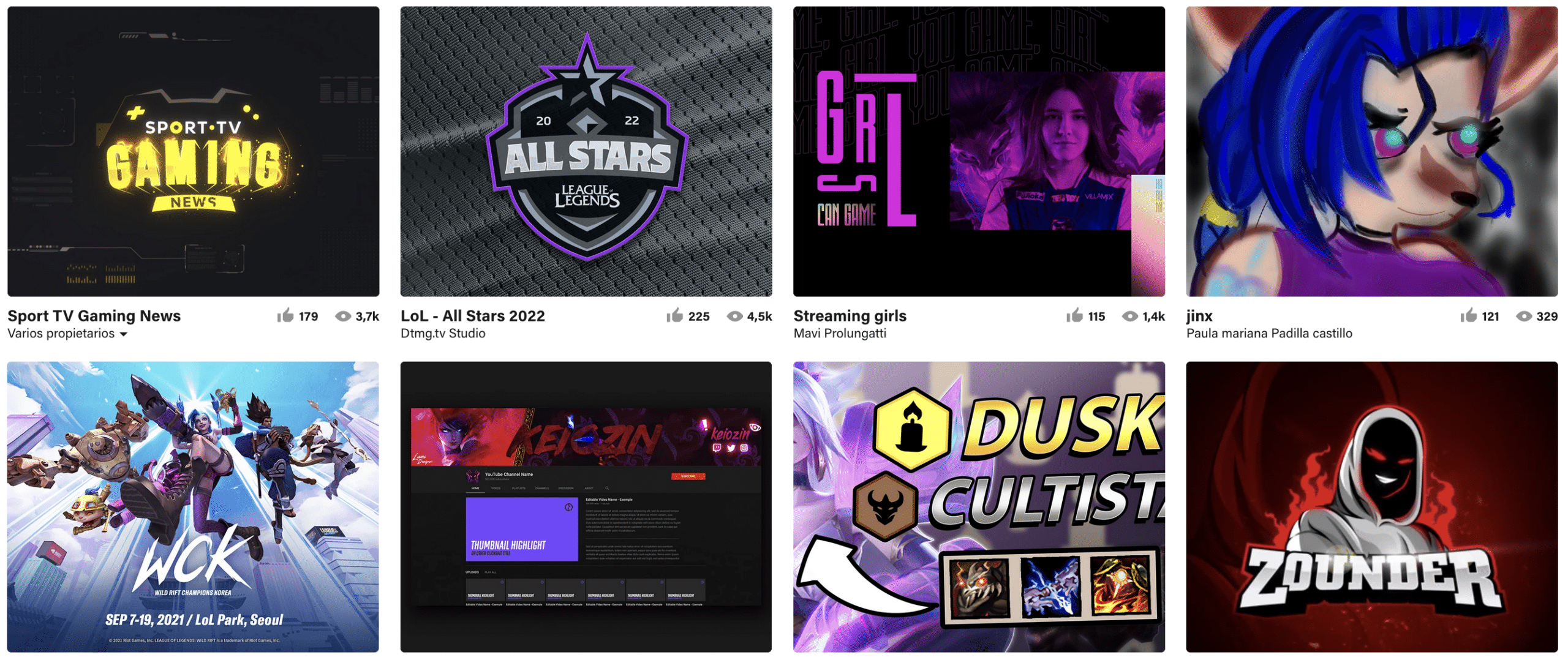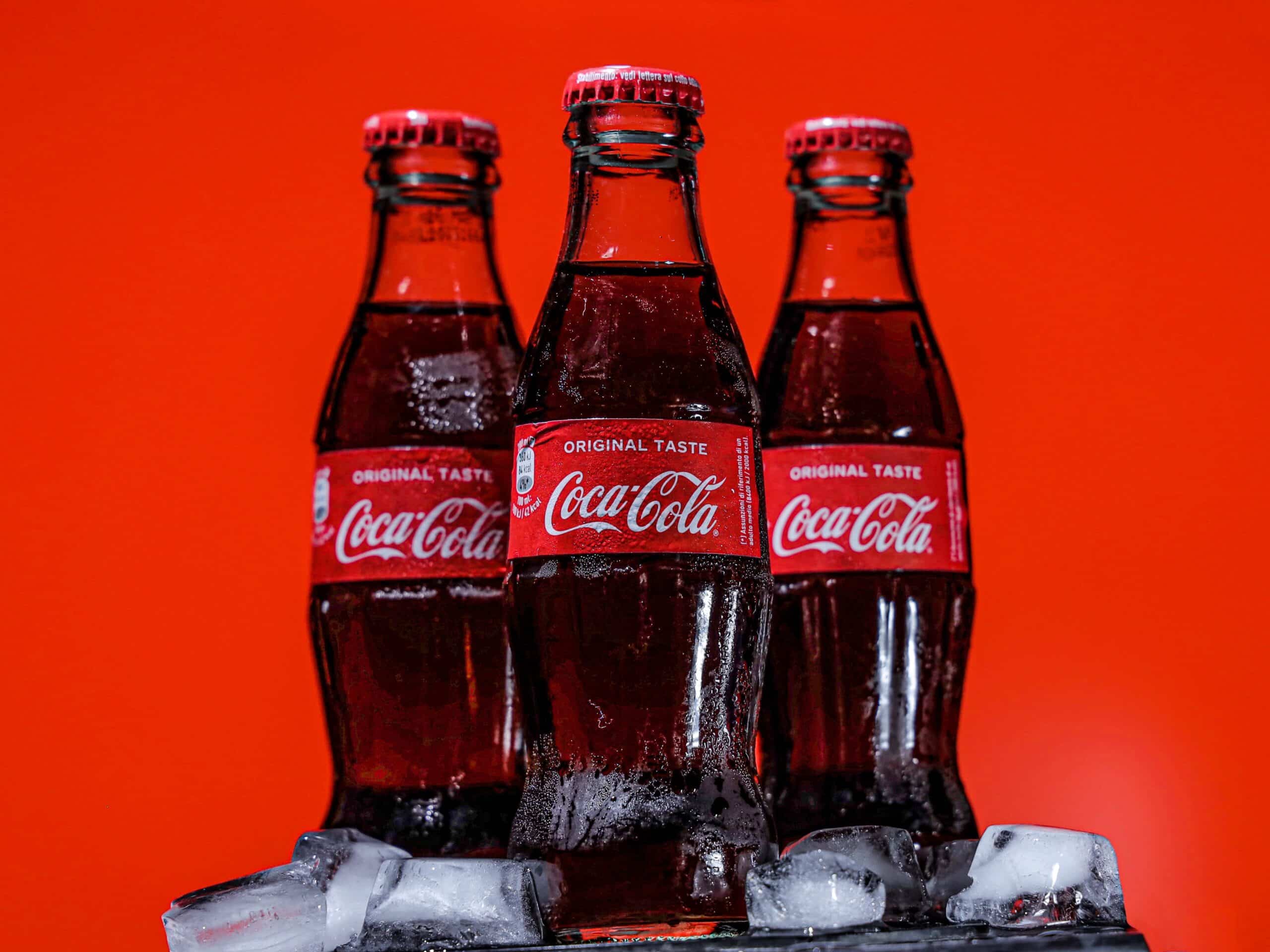
You have decided to be an entrepreneur, but you do not know very well how to raise your brand. The first thing you should do is know what you are going to focus on to create a market niche or at least expand it. Once you have decided that you are going to sell, promote or reproduce, you need to find a name according to your business plan. When you already have all this, the next thing will be to know how to choose colors from a brand.
To choose colors, you have to take into account different factors that can affect the image you give of your brand. As you know, the big brands that inhabit the internet do not have random colors. Each of these colors seeks to evoke a sensation in the customer. Only in this way, with the name, slogan and color, they will be able to identify faster what you do and want to be customers of your brand.
A search for creativity… from the competition
Although whenever we start we want to be the most original and unique, starting from a completely blank page is not ideal. No brand is made without first knowing what is in its environment. Your competition, at the beginning, can be the best ally since they will be selling to the same target audience as you and they are doing well. That is why you should know that what 'has not been done' does not always work. Perhaps it has never been done for something.
This is not a message to copy what you see on the internet, but if to get ideas of what is well done and perhaps you should not change much. The type of color is important, it is not the same when you address a children's audience or an adult audience. The colors are important to transmit what type of message you want to give and with which they will feel identified.
We recommend you take a look at pages like Behance, where there are projects of all kinds that can help you carry out your own project. You can also follow your competition on social networks to stay up to date with what is being said.
Search by Behance
We are going to do a little search on behance as we said to get an idea of what you can find. Imagine you decide to be a professional LOL player (League of Legends). We can perform a search from the top of the web and place the keywords 'lol' and 'gamer'.

As we can see, we can find an infinite number of projects. Some are real and some are just proofs of new designers or the sale of one of those images that you can buy directly if your passion for design is not good enough. In this case we can find many striking colors for this theme. If we take into account that it is a video game, a youth theme and a very futuristic digital environment, colors such as purple, yellow or green stand out. All of them bright emulating neon lights or similar sensations.
print or digital
Taking into account the previous search, we will have to be clear about where we are going to focus our brand. If the environment, as in the case of video games, is going to be completely digital, the colors will have a different strength (In fact, the color range will be RGB) than if we want something more printing (In this case, they will be CMYK colors). . The tones of each of them will vary since the colors are not the same projected by light than those created by ink.
All this will influence your business. If you are going to sell a product or have a physical store such as a hamburger chain. In this case, the colors must be different from the digital ones and you must know what public you are going to face. The clearest example is that of Mcdonalds, for example. At first he chose brighter colors such as red and yellow on more plastic or methacrylate backgrounds. In this way it was addressed to a younger audience, fun environments and even added swings for the family to come.
Now, McDonald's has found that the audience it started with has grown and its message is different. Green colors (alluding to the natural) woody tones and a more neutral yellow.
Color psychology
With all this that we have discussed, we can talk about the psychology of color when choosing colors for a brand. And it is that each of them suggests a different type of business. The clearest example is in the largest companies now seen as social networks or the electronic market.

Facebook, Twitter, Messenger or Linkedin are a clear example of the use of blue. Each of them use a different shade, but they use the same color. In fact, over time they have been modified according to the target audience that was determined with use. It is also used by brands such as Paypal or Visa. And this is not something random, since blue generates confidence, stability and tranquility.

If your business deals with a clothing brand, perhaps you would like to use the color black. Large brands such as Chanel, Calvin Klein or ZARA use these colors to which many other brands have wanted to add. And it is that, before, black was used by highly prestigious brands (with high prices) but more and more brands, due to the market trend, seek to have this sensation, since the public increasingly values quality garments. And it is that black denotes sophistication, prestige and seriousness.

If you want to choose red or combine it with other colors, you will have to know who you want to address. ANDhe red color is something daring and it must be given a reasonable use since it can tire the eyes. But if you wear it, know that red gives a feeling of energy, strength, and passion for what you do. That is why beverage brands like Cocacola use it. You can also find it in a digital entertainment environment such as the Netflix platform.
These colors and many others can help you choose colors for a brand that you are going to create. Choose well or you may not be able to go back and you will have to adapt to the message that you have given with your brand.